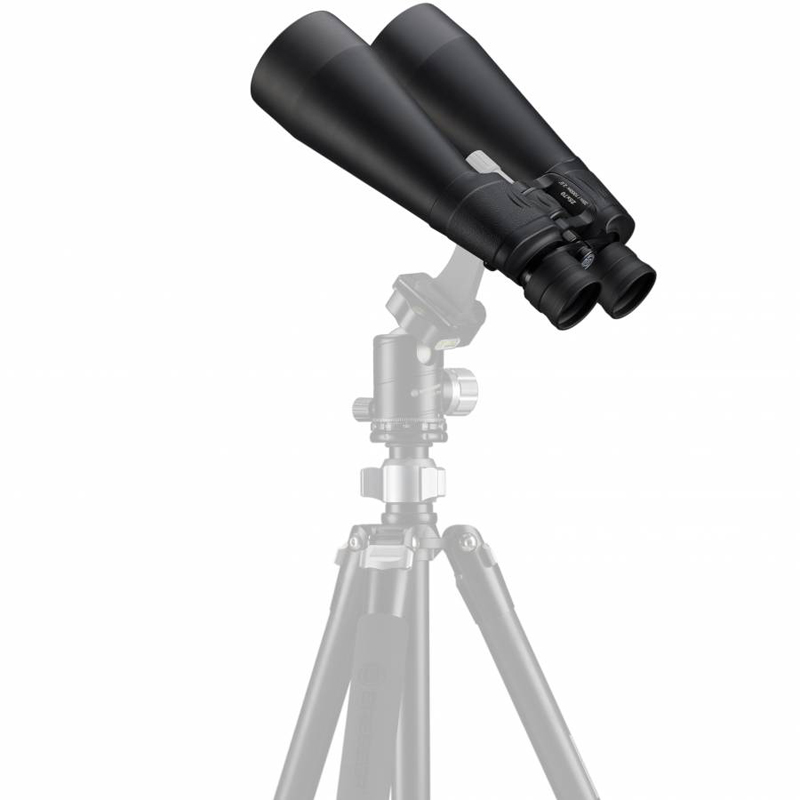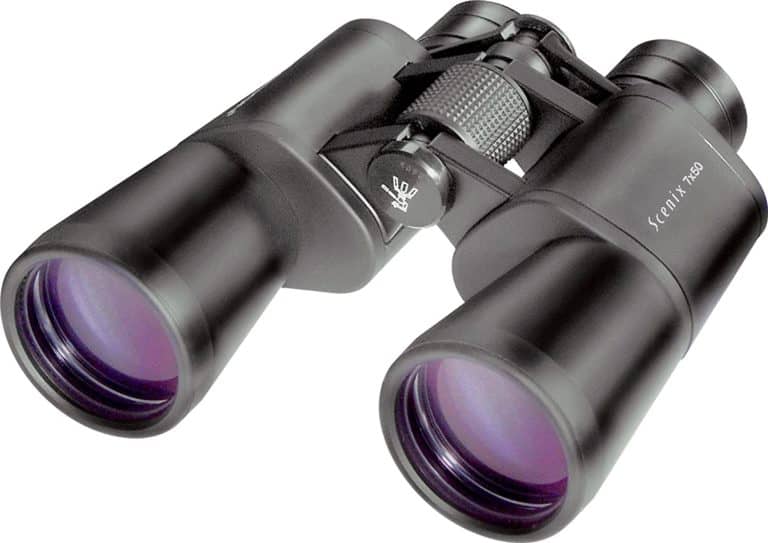

#Binocular for stargazing full
Read our full Olympus 10x42 Pro binocular review (opens in new tab) for more details A 15-year warranty provides extra peace of mind. An extendable eye relief provides comfort for spectacle wearers, as do a dioptric adjustment ring, flip-down lens cap, and a new strap mount. Nitrogen filling prevents fogging while the design is slim and simple. Close-up performance is also impressive, with the ability to view subjects as near as 1.5m.

They're compact, ergonomically designed, and of rugged construction that prevents any ingress from water if submerged at a depth of one meter for five minutes. Indeed, the claim here is these binoculars' optics offer unprecedented light transmittance for their class. Olympus is renowned for its optical expertise, so it’s no surprise that we get the same high-performance Zuiko optics that it deploys with its camera systems. This bright, sharp, and reliable model from the Olympus Pro lineup (a new 8x42 version is also available) feature nano coating for the first time in the range. Read our full Canon 10x42L IS WP binoculars review (opens in new tab) for more details They also offer the closest focusing distance that’s closer than most, at just 2.5 meters.
#Binocular for stargazing plus
Plus, Canon’s ‘L’ series is its premium lineup, providing a super steady view in the most adverse of conditions.Īs well as rock-solid stability, these porro prism binoculars sit comfortably in your hand and sport a comfortably long (at 16mm) eye relief, plus a large 4.2mm exit pupil for a bright field of view. As the name suggests, they’re also waterproof, so ideal for an even broader range of long-distance pursuits. This battery-operated option enables you to get a wobble-free image by just pressing a button on the binoculars – and the stabilizing effect is both instant and jaw-dropping.įrom the broad range of Canon IS options available, we've picked the rubber-coated Canon 10x42L IS WP model as the best. We've selected specific models here, but remember that many of the binoculars in this list are also available in other sizes and magnifications.Īll of Canon’s current range of binos have the ‘IS’ suffix in their model name to denote the fact they’re image-stabilized binoculars (opens in new tab). Sports fans and casual ramblers will often pick binos with modest specs in both regards, just to get binoculars small enough and light enough to fit in a jacket pocket.īelow we list the best binoculars available today, from a range of manufacturers. In general use, then, you'll want to pick a compromise between magnification, light-gathering power, and weight. But big lenses also mean more weight and potentially more arm strain, which is why astronomers often mount their binoculars on a tripod to reduce shake and fatigue. The bigger the lenses, the easier it will be to make out faint or dim objects – and a good pair of binoculars can reveal more detail in the night sky than you could ever imagine. If you're using binoculars in low light, and especially for astronomy, then you'll also need light-gathering power, and for this, you need big objective lenses. If your subjects will be a long way away then you'll need decent magnification, though be aware that the higher the magnification, the harder it's going to be to keep the image steady, though a tripod can help you out here for extended periods of wildlife spotting. Best binocular harnesses (opens in new tab).Best binocular tripod adaptor (opens in new tab).Best spotting scopes (opens in new tab).Best marine binoculars (opens in new tab).Best night vision binoculars (opens in new tab).


 0 kommentar(er)
0 kommentar(er)
